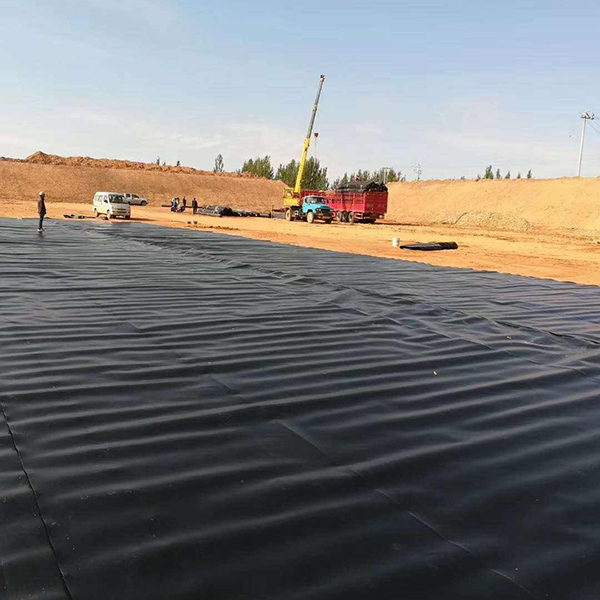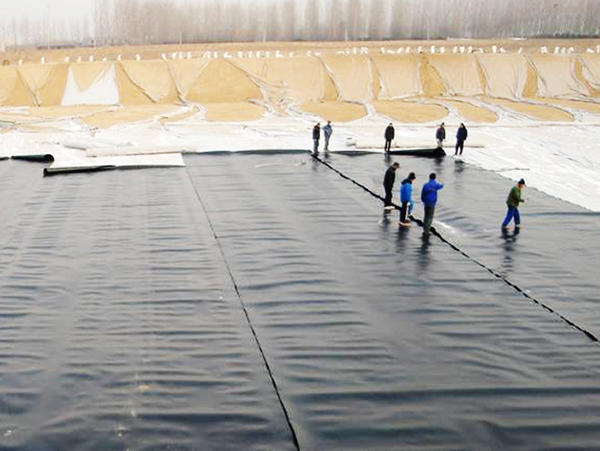Geomembranes are widely used in water conservancy, environmental protection, transportation and other engineering projects, but various problems often arise during construction and use, which affect the quality and service life of the project. The following are common problems and corresponding solutions.
Leakage problem: Damage to the geomembrane itself, poor welding quality, or inadequate connection with surrounding structures can all lead to leakage. Scratches from sharp objects and vehicle crushing during construction can easily cause damage to the membrane body; Improper control of welding temperature and speed can result in virtual welding and desoldering of the weld seam. To address this issue, it is necessary to carefully inspect the membrane surface and remove any defective materials before construction; Set up warning signs during construction to prevent unrelated personnel and machinery from entering the work area; Strictly control the process parameters during welding, use a dual track hot melt welding machine, and perform inflation testing on the weld seam to ensure welding quality.
Wrinkles and bulges: When laying, uneven stretching, uneven substrate, or large environmental temperature changes can easily cause wrinkles and bulges in the geomembrane. Wrinkles can weaken the anti-seepage performance of the membrane, while bulges may cause the membrane to rupture under stress. Before construction, the site should be leveled, and debris and sharp protrusions should be removed; When laying, stretch the geomembrane moderately and reserve a certain amount of expansion and contraction to adapt to temperature changes; If wrinkles or bulges are found, adjust the position of the membrane in a timely manner and re compact and fix it.
Aging problem: Long term exposure to ultraviolet radiation, chemical erosion, and temperature changes can cause the geomembrane to age, reducing its strength and anti-seepage performance. In engineering, the method of covering with a protective layer can be adopted, such as laying soil layers, concrete slabs or geotextiles on the membrane to isolate ultraviolet rays and chemical substances; Select high-quality geomembrane added with antioxidant and light stabilizer to improve its anti-aging ability.
Slip problem: On slopes or uneven bases, geomembranes are prone to slip due to uneven stress. This will damage the integrity and anti-seepage effect of the membrane. It can be solved by increasing the friction between the membrane and the substrate, such as laying rough geomembranes or spreading anti slip materials on the substrate; Set anchor trenches at the top and foot of the slope, fix the geomembrane in them, and seal them with concrete; Geogrids can also be installed at certain intervals to enhance overall stability.
Only by paying attention to common problems in the construction and use of geomembranes and adopting scientific and reasonable solutions can their anti-seepage and isolation functions be fully utilized to ensure the safety and long-term operation of the project.
Post time: Jun-20-2025



